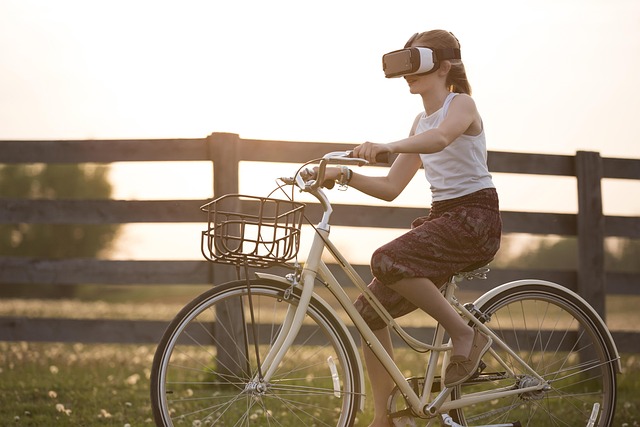As the digital age continues to advance, the concept of the metaverse has captured our imagination, particularly in its potential to revolutionize education. The integration of virtual space in teaching marks a significant turning point, enhancing the learning experience in ways we never thought possible. Through virtual reality (VR) and augmented reality (AR), educators can transcend the limitations of traditional classrooms and immerse students in a dynamic, interactive environment.
Imagine a history lesson where students can walk through ancient Rome, observing daily life from the perspective of a citizen. With virtual reality, this isn’t just a dream; it’s an interactive reality. Students can engage with historical figures, explore architectural wonders, and experience the vibrancy of the past firsthand. Such immersive environments promote deeper understanding and retention, turning passive learning into an experiential journey.
Augmented reality further enhances this experience by overlaying digital information in the physical world. For instance, during a biology class, students could use AR to visualize complex cellular structures in 3D, interacting with them directly. This hands-on approach to learning fosters curiosity and engagement, allowing students to grasp difficult concepts through visual and tactile experiences.
The metaverse serves as a bridge connecting students from diverse backgrounds, creating a collaborative learning space where they can interact in real-time, regardless of their physical location. The social aspect of education becomes paramount, as students can work together on projects, attend virtual discussions, and build relationships that enhance their learning outcomes. By fostering a sense of community in a digital landscape, the metaversum can break down barriers in education, making it more inclusive.
Furthermore, personalized learning experiences are more achievable in the metaverse. Teachers can tailor lessons to meet the individual needs of students, utilizing analytics and adaptive technologies that respond to each learner’s pace. This flexibility allows students to engage with materials that resonate with their interests and learning styles, optimizing their educational journey.
While the potential of virtual space in teaching is immense, it also raises questions about accessibility and equity. As we venture into this brave new world of the metaverse, it is crucial to ensure that all students have the resources and support needed to thrive in these innovative learning environments. Schools and educational institutions must prioritize training for educators to effectively leverage these technologies.
The future of education within the metaverse is bright and filled with possibilities. As we embrace virtual reality and augmented reality, educators can create more engaging, inclusive, and effective learning experiences. The challenge lies in integrating these technological advancements in ways that genuinely enhance learning while considering the diverse needs of every student. The journey into virtual space in teaching is just beginning, and the realms of possibility are limitless.



